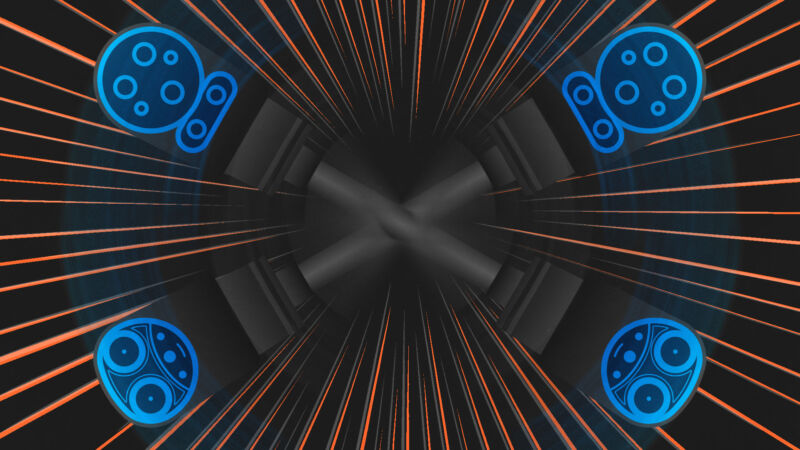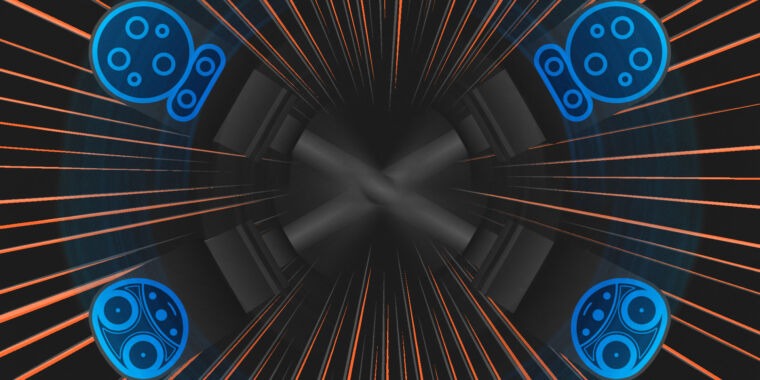
Aurich Lawson | Getty Images
The mass sponge EV charger plug migration continues to gather steam. Since we last wrote about the topic, first Polestar and then Mercedes-Benz also announced that they’re dropping the Combined Charging Standard 1 (CCS1) connector in favor of Tesla’s North American Charging Standard (NACS). Sometime next year, non-Tesla electric vehicles from those makes, as well as Ford, General Motors, Volvo, and Rivian, will be able to start making use of Tesla’s Supercharger network. In 2025, those automakers—and probably a few more—will start building cars with NACS ports built in.
It’s not just the car makers. Charger manufacturers and charging networks have also been announcing new NACS products, and it feels like enough critical mass is building that CCS1 might be headed for extinction. Or at least it may be relegated to curio status alongside CHAdeMO. Things are looking even better now that SAE International is taking over the management of NACS, so it will no longer be under the control of a rival OEM run by a billionaire known for impulsive and often arbitrary decisions. At this point, many are merely waiting to see if Hyundai Motor Group or Volkswagen Group will be the next big convert.
The justification for dropping an entrenched standard and switching to NACS, from Ford and others, was as much about obtaining access for their EV owners to Tesla’s Supercharger network, and why not? Even the most hardened partisan from the EV brand flame wars has to concede that not only are there far more Superchargers out there, but they offer a vastly superior charging experience to any of the public charging networks.
But does that automatically mean that the switch from CCS1 to NACS will guarantee a superior charging experience for all those Fords, Chevys, Rivians, Volvos, Polestars, and Mercedes? I’m not entirely sure it does. I have three big unanswered questions: Will the non-Teslas fit Superchargers, will non-Teslas fit in at Superchargers, and why should we believe that a different plug will suddenly make all those horribly unreliable third-party charging networks suddenly run perfectly?
For the hardware makers—cars and chargers both—the switch theoretically shouldn’t be that difficult. In fact, NACS actually uses the same communications protocol as CCS (and also ISO15118, also known as “plug and charge”), unlike earlier versions of the Supercharger network that used a proprietary communications protocol that interfaced with a Tesla’s CAN bus.
Will it fit?
But the first big problem drivers from all those non-Tesla makes will encounter is whether or not the charging cable even reaches their charging port. As an entirely closed ecosystem (until now), Tesla has been able to optimize the Supercharger experience for its EVs. So all Teslas have charging ports in the same location (at the back, integrated into the side of a light cluster), which in turn means the Superchargers don’t need very long cables to reach them.
Other brands’ ports are all over the place—often on a front wing ahead of the door, but also sometimes at the rear underneath the C pillar—but with little standardization for which side of the car they go on. We have no idea whether Tesla will redesign Superchargers to accommodate the new arrivals, but if so, “you need long cables to get every position of the charging port,” said Dennis Mueller, SVP of product marketing and communications at ADS-TEC, which makes EV charging hardware. “A long cable means they’re heavy; there’s a lot of cost of copper and so on.”
Those longer cables don’t just get more expensive; they also get heavier and more unwieldy. And it’s not really the plastic CCS1 plug that contributes to the heavy cables you have to deal with at an Electrify America or Chargepoint (or whomever) fast charger; it’s all that copper wiring.

